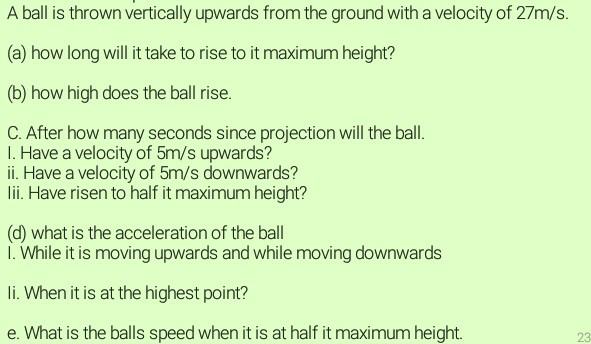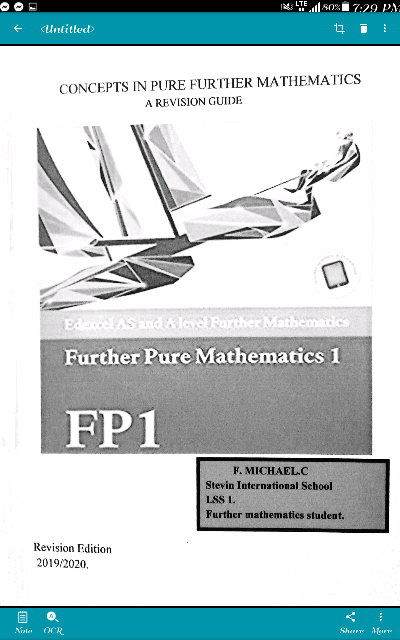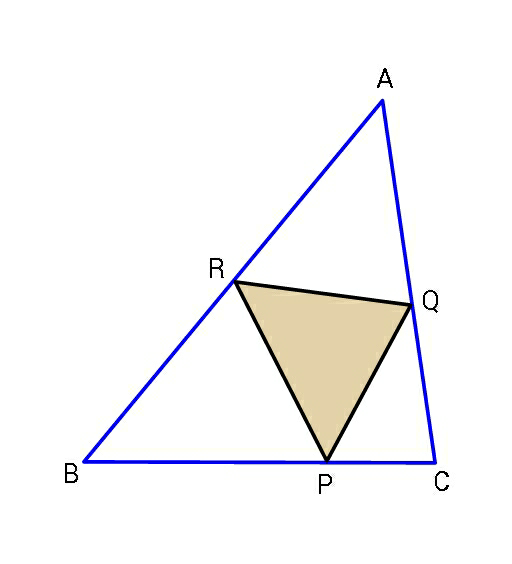
AllQuestion and Answers: Page 1372
Question Number 75375 Answers: 0 Comments: 1
Question Number 75368 Answers: 2 Comments: 1
Question Number 75367 Answers: 1 Comments: 3
Question Number 75366 Answers: 1 Comments: 0
Question Number 75360 Answers: 0 Comments: 0

Question Number 75358 Answers: 0 Comments: 0

Question Number 75351 Answers: 1 Comments: 0

Question Number 75339 Answers: 0 Comments: 2
Question Number 75330 Answers: 0 Comments: 3

Question Number 75329 Answers: 1 Comments: 0

Question Number 75327 Answers: 1 Comments: 3
Question Number 75325 Answers: 1 Comments: 0

Question Number 77131 Answers: 1 Comments: 0

Question Number 75338 Answers: 0 Comments: 3
Question Number 75321 Answers: 0 Comments: 0
Question Number 75319 Answers: 0 Comments: 0

Question Number 75318 Answers: 0 Comments: 6

Question Number 75317 Answers: 2 Comments: 1
Question Number 75306 Answers: 0 Comments: 3
Question Number 75303 Answers: 1 Comments: 0
Question Number 75302 Answers: 1 Comments: 1
Question Number 75301 Answers: 0 Comments: 4
Question Number 75300 Answers: 1 Comments: 0
Question Number 75299 Answers: 0 Comments: 1
Question Number 75296 Answers: 1 Comments: 2

Question Number 75291 Answers: 1 Comments: 0

Pg 1367 Pg 1368 Pg 1369 Pg 1370 Pg 1371 Pg 1372 Pg 1373 Pg 1374 Pg 1375 Pg 1376
